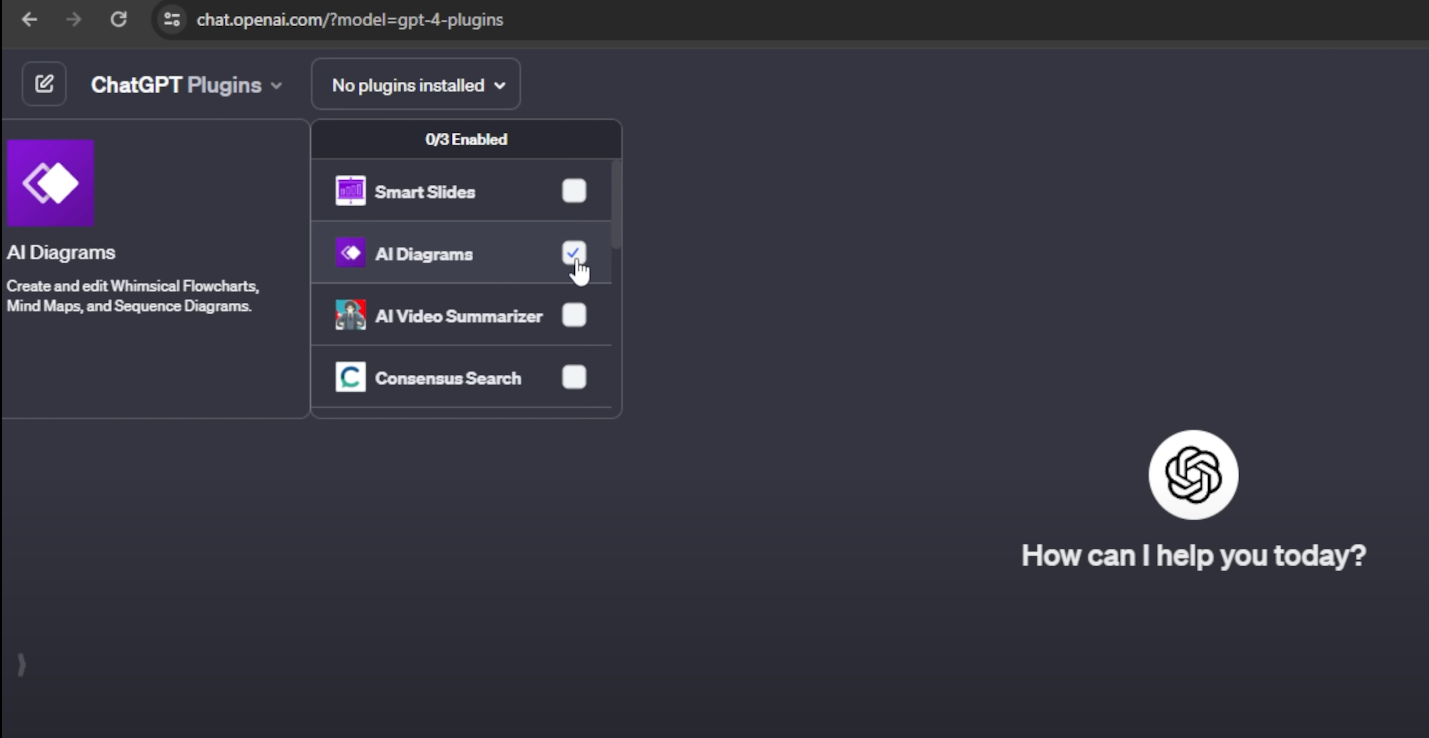Imagine an AI that navigates your computer like a human—clicking buttons, filling forms, or troubleshooting errors by “seeing” the screen. This vision is now a reality with Microsoft’s OmniParser V2, a groundbreaking open-source tool that empowers LLMs to interact with GUIs through visual understanding. By converting screenshots into structured, actionable data, OmniParser V2 unlocks new possibilities for automation, from software testing to customer support
In this article, we explore how OmniParser V2 works, its technical advancements, and how developers can deploy it to build autonomous AI agents.

What is OmniParser V2?
OmniParser V2 is a vision-based screen parsing tool designed to transform unstructured UI screenshots into structured elements, such as clickable buttons, text fields, and icons. This structured output allows LLMs to interpret screens and plan actions, effectively turning them into “computer use agents”
Key Components:
- Fine-Tuned YOLOv8 Model: Detects interactable elements (e.g., buttons, icons) with high precision.
- Florence-2 Base Model: Generates functional descriptions for detected elements (e.g., “Submit button in the form section”)
Improvements Over V1:
- 60% Faster Inference: Processes frames in 0.6 seconds on an A100 GPU 1.
- Enhanced Accuracy: Achieves 39.6% average accuracy on the ScreenSpot Pro benchmark, up from GPT-4o’s 0.8% 26.
- Smaller Element Detection: Improved recognition of tiny icons and controls 4.
How OmniParser V2 Works:
OmniParser V2 operates in two stages:
- Structured Element Detection
- YOLOv8 Model: Identifies bounding boxes around interactable elements (e.g., buttons, text fields) using a dataset of 66,990 annotated screenshots .
- OCR Integration: Extracts text from detected regions and merges overlapping boxes to avoid redundancy .
- Semantic Understanding
- Florence-2 Model: Generates functional captions (e.g., “Settings icon” or “Search bar”) by analyzing visual and textual context. This step equips LLMs with actionable insights for decision-making.
The parsed output is then fed into an LLM (e.g., GPT-4o, Claude Sonnet) via OmniTool, a Dockerized Windows environment that orchestrates action planning and execution
Deploying OmniParser V2: A Step-by-Step Guide:
Here’s how to set up OmniParser V2 locally or in the cloud:
Prerequisites
- Python 3.12, Git, Conda, and a Hugging Face access token.
- For OmniTool: Docker Desktop and a Windows 11 VM (requires ~20 GB RAM).
Installation Steps
1. Clone the Repository
git clone https://github.com/microsoft/OmniParser
2. Set Up a Virtual Environment
conda create -n omni python=3.12
conda activate omni
pip install -r requirements.txt
3. Download Model Weights
Use Hugging Face CLI to fetch pre-trained YOLOv8 and Florence-2 models:
huggingface-cli download microsoft/OmniParser-v2.0 –local-dir weights
4. Run the Gradio Demo
python gradio_demo.py

OmniTool Setup:
For advanced automation:
- Install Docker and download the Windows 11 Enterprise evaluation ISO.
- Build the Docker container using Microsoft’s provided scripts.
- Integrate with LLMs like GPT-4o or Claude Sonnet for action planning.
Benefits of OmniParser V2
- Cross-Platform Compatibility: Works on Windows, iOS, Android, and web apps without backend access.
- Automation Efficiency: Reduces QA time by autonomously testing UIs or extracting data from invoices.
- Scalability: Processes high-resolution screens with tiny icons (e.g., mobile apps).
- Open-Source Flexibility: Compatible with leading LLMs, including OpenAI, DeepSeek, and Anthropic.
Responsible AI Considerations:
Microsoft emphasizes ethical deployment:
- Sensitive Data Avoidance: The icon caption model is trained to ignore attributes like race or religion.
- Human Oversight: Users must validate outputs and avoid harmful input screenshots.
- Sandboxed Execution: OmniTool runs in a Docker container to mitigate security risks.
Conclusion: The Future of AI-Driven Automation“
OmniParser V2 marks a paradigm shift in how AI interacts with digital interfaces. By combining vision models with LLMs, it enables agents to automate tasks, assist users, and even troubleshoot issues—all through visual understanding. While setup may require technical expertise, its open-source nature and compatibility with popular frameworks make it a versatile tool for developers.
Ready to transform your LLM into a GUI agent? Explore OmniParser V2 on GitHub and join the automation revolution.
If you’re running AI models locally, here are some must-have products:
- GPU for AI Processing: NVIDIA RTX 4090 – Best for high-performance AI tasks.
- External SSD for Model Storage: Samsung T7 Shield 1TB – Faster storage for large models.
- AI-Powered Keyboard: Logitech MX Keys – Improve workflow with AI shortcuts.
- AI Assistant Earbuds: Sony WF-1000XM5 – Hands-free AI interactions.




